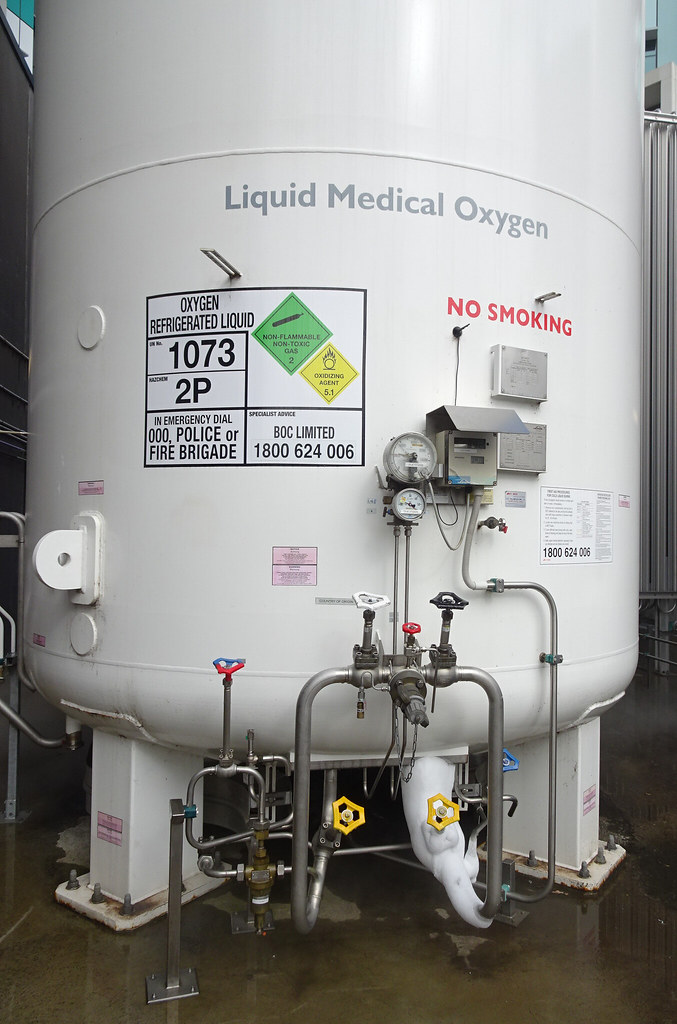
The Joint Commission: Improving Healthcare Delivery
The Joint Commission is a non-profit organization that provides accreditation, certification, and verification services to healthcare organizations. Their goal is to improve the quality and safety of healthcare for patients. The Joint Commission works with various communities and organizations to achieve this goal. In this article, we will discuss the importance of working with the Joint Commission, the types of services they offer, and the impact it can have on your organization.
Why Work with the Joint Commission?
The Joint Commission is known as the "gold standard" in quality. Working with them can benefit your organization and community in several ways. First, their accreditation process ensures that your organization meets certain standards in terms of quality and safety. This can give patients confidence in your organization and can attract more patients to your services. Second, their certification programs provide additional recognition to your organization for meeting specific requirements. Finally, the Joint Commission provides tools and resources to healthcare professionals that can help make a difference in the delivery of care. These resources can aid in quality improvement initiatives and ultimately lead to better outcomes for patients.
Services Offered by the Joint Commission
The Joint Commission offers several types of services to healthcare organizations. These include accreditation, certification, and verification. Accreditation is a voluntary process that demonstrates an organization's commitment to meeting certain standards of quality and safety. Certification programs provide additional recognition to an organization for meeting specific requirements. Verification services help to confirm an organization's compliance with certain regulations or standards.
The Joint Commission also offers tools and resources for healthcare professionals. These resources can help organizations improve their quality of care and patient safety. For example, their Hospital Compliance Assessment Workbook is a tool to help staff quickly assess standards compliance. The Hospital Breakfast Briefings Webinar Series is another resource that provides a deep dive into the Joint Commission's standards, chapter-by-chapter, individually or as a team.
Guidelines for Medical Gas Cylinder Storage
The Joint Commission also provides guidelines for the storage of medical gas cylinders. While certain types of medical gases can be stored together, others must be segregated due to safety concerns. According to NFPA 99-2012, non-flammable medical gas cylinders cannot be comingled with flammable materials, cylinders containing flammable gases, or containers containing flammable liquids. Examples of typical flammable gases include Acetylene, Butane, Ammonia, Ethane, and Propane.
In addition, the guidelines require that full and empty cylinders be segregated from each other. The storage of medical gas cylinders in enclosures containing motor driven devices is not permitted, with the exception of cylinders intended for instrument air reserve headers that must comply with NFPA 99-2012; 5. 1. 3. 9. 5.
Contacting the Joint Commission
If you have questions about the Joint Commission's standards or services, you can contact their Standards Interpretation Group (SIG). However, they will only answer questions submitted by organizations seeking accreditation/certification or currently accredited/certified by the Joint Commission. To provide adequate support to those organizations, they no longer answer questions submitted by students or vendors.
Conclusion
The Joint Commission plays a critical role in improving the quality and safety of healthcare for patients. Their accreditation, certification, and verification services help organizations meet certain standards of quality and safety. The Joint Commission also provides tools and resources to healthcare professionals that can aid in quality improvement initiatives. By working with the Joint Commission, organizations can demonstrate their commitment to providing high-quality care to their patients.
Based on an article from: https://www.jointcommission.org/standards/standard-faqs/critical-access-hospital/environment-of-care-ec/000002228/
Read more about this topic at
Medical Gas Safety — How to Handle Oxygen Cylinders ...
medical oxygen gas management








No comments:
Post a Comment
Note: Only a member of this blog may post a comment.